Athanasius Kircher Mundus subterraneus (1665) BL 505.ee.4 3 Stock Photo Alamy

Athanasius Kircher. Mundus Subterraneus. 1664 El alquimista
Unwilling to risk an encounter with a 10-gauge shotgun, Davis turned his attention to trains. On the evening of Nov. 4, 1870, in what was the first train robbery to be staged west of the Rockies, he and his cohorts held up the Central Pacific Overland Express between Reno and Verdi, escaping with more than $40,000 in gold.
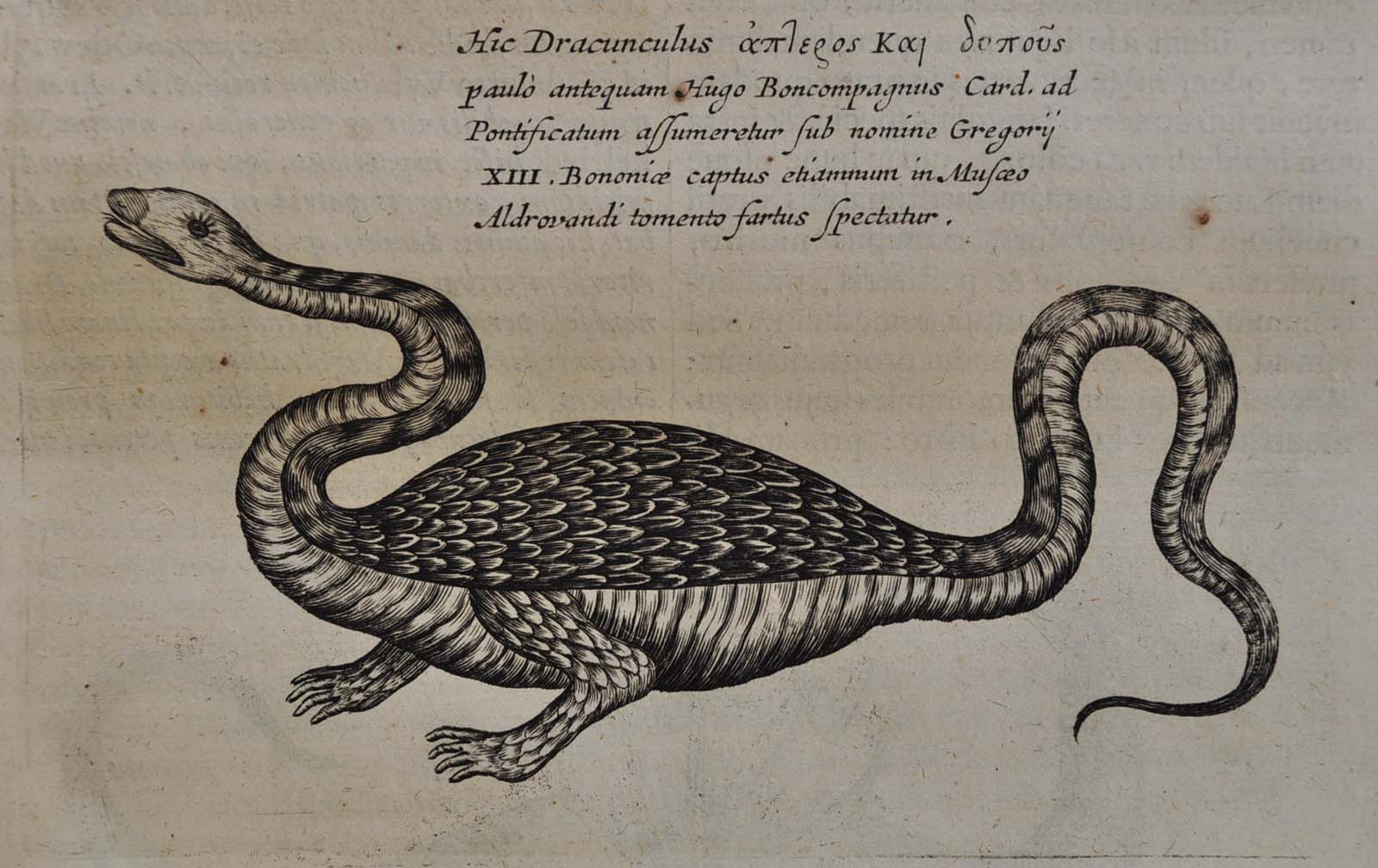
Mundus subterraneus, in XII libros digestus Athanasius Kircher First Edition
Mundus subterraneus, quo universae denique naturae divitiae (very roughly "The subterranean world, all its riches" [1]) is a scientific textbook written by Athanasius Kircher, and published in 1665. The work depicts Earth's geography through textual description, as well as lavish illustrations. [2] Title page

Athanasius Kircher, Mundus Subterraneus Senses Atlas
English Extended title: The vulcano's: or, Burning and fire-vomiting mountains : famous in the world: vvith their remarkables. Collected for the most part out of Kircher's Subterraneous world; and expos'd to more general view in English, upon the relation of the late wonderful and prodigious eruptions of Aetna.

Athanasius Kircher, Mundus Subterraneus, 16641665 Alchemy art, Vintage illustration
A first edition work, with two volumes bound in one folio, by Athanasius Kircher (1602-1680), a German Jesuit scholar who published many extensive works on scientific, religious, and other subjects. Dubbed the "Master of a Hundred Arts," Kircher's interests were vast; his life's work included studies of Egyptology, Sinology, geology, technology, and microscopy.

Athanasius Kircher. Mundus Subterraneus 1699.
This publication on the geography of the earth was the first of several books that German Jesuit Athanasius Kircher (1602-1680) had printed in Amsterdam in order to avoid Roman censorship. In this spectacular publication, he combined ancient and medieval natural philosophy with observations of his own.

Agosto Foundation Mundus Subterraneus
Athanasius Kircher (born May 2, 1601, Geisa, Abbacy of Fulda [Thuringia, Germany]—died November 27, 1680, Rome [Italy]) Jesuit priest and scholar, sometimes called the last Renaissance man, important for his prodigious activity in disseminating knowledge.

Mundus subterraneus, in XII libros digestus . . . Two parts in one volume Athanasius KIRCHER
His masterwork, Mundus Subterraneus, is a spectacular work about the entrails of our planet: a two-volume book of encyclopedic proportions that presents "before the eyes of the curious reader all that is rare, exotic, and portentous, contained in the fecund womb of Nature.". Under the premise that there is an "idea of the earthly sphere.
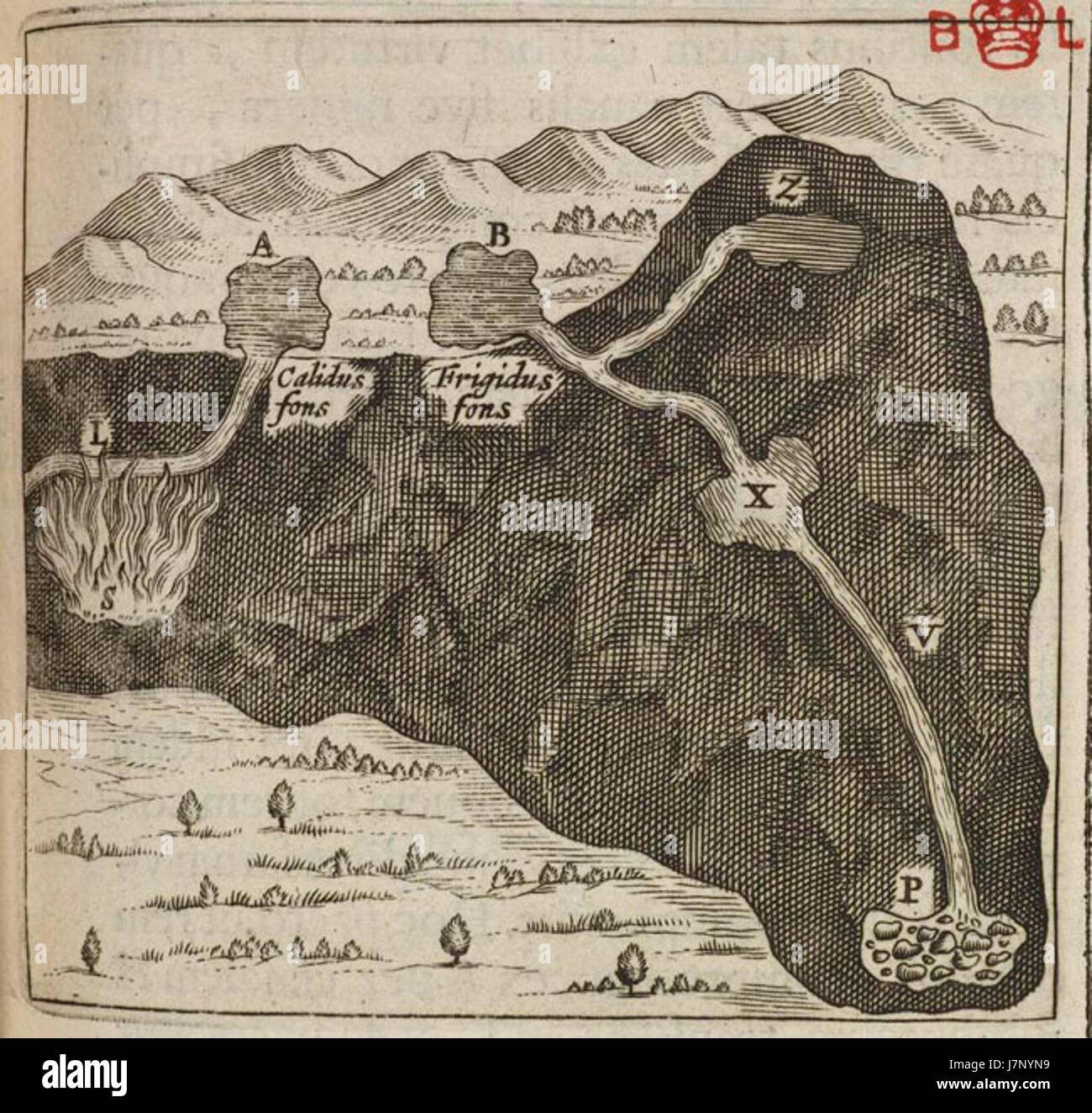
Athanasius Kircher Mundus subterraneus (1665) BL 505.ee.4 4 Stock Photo Alamy
Figure 1. Portrait of Athanasius Kircher (1602-1680) by Cornelius Bloemart (1603-1680) from the 1664 edition of Mundus Subterraneus. to modern readers, and some of his conclusions are fl atly in- correct. However, conventional accounts of the progression of earth science rarely take into account contributions of men such as Kircher.

Athanasius Kircher Mundus subterraneus (1665) BL 505.ee.4 5 Stock Photo Alamy
Review of Mundus Subterraneus (author = Athanasius Kircher), republished by Arnaldo Forni Editore, 2011. Review by Arthur N. Palmer. I reviewed this book about 8 years ago for the National.

. Français Scan du Mundus subterraneus (1664) d'Athanasius Kircher Athanasius Kircher Mundus
Athanasius Kircher (2 May 1602 - 27 November 1680) [1] was a German Jesuit scholar and polymath who published around 40 major works of comparative religion, geology, and medicine.

Athanasius Kircher, Mundus Subterraneus Senses Atlas
Athanasius Kircher, Mundus Subterraneus. Mount Vesuvius in full eruption. Courtesy, Herzog August Bibliothek, Wolfenbuttel, Germany. the outbreak is taken up much later in book 4. There, Mons JE,tna is re-produced in a similar vein (fig. 2).7 I have furnished further proof of the key position of Kircher's exposure to the power of the subterranean
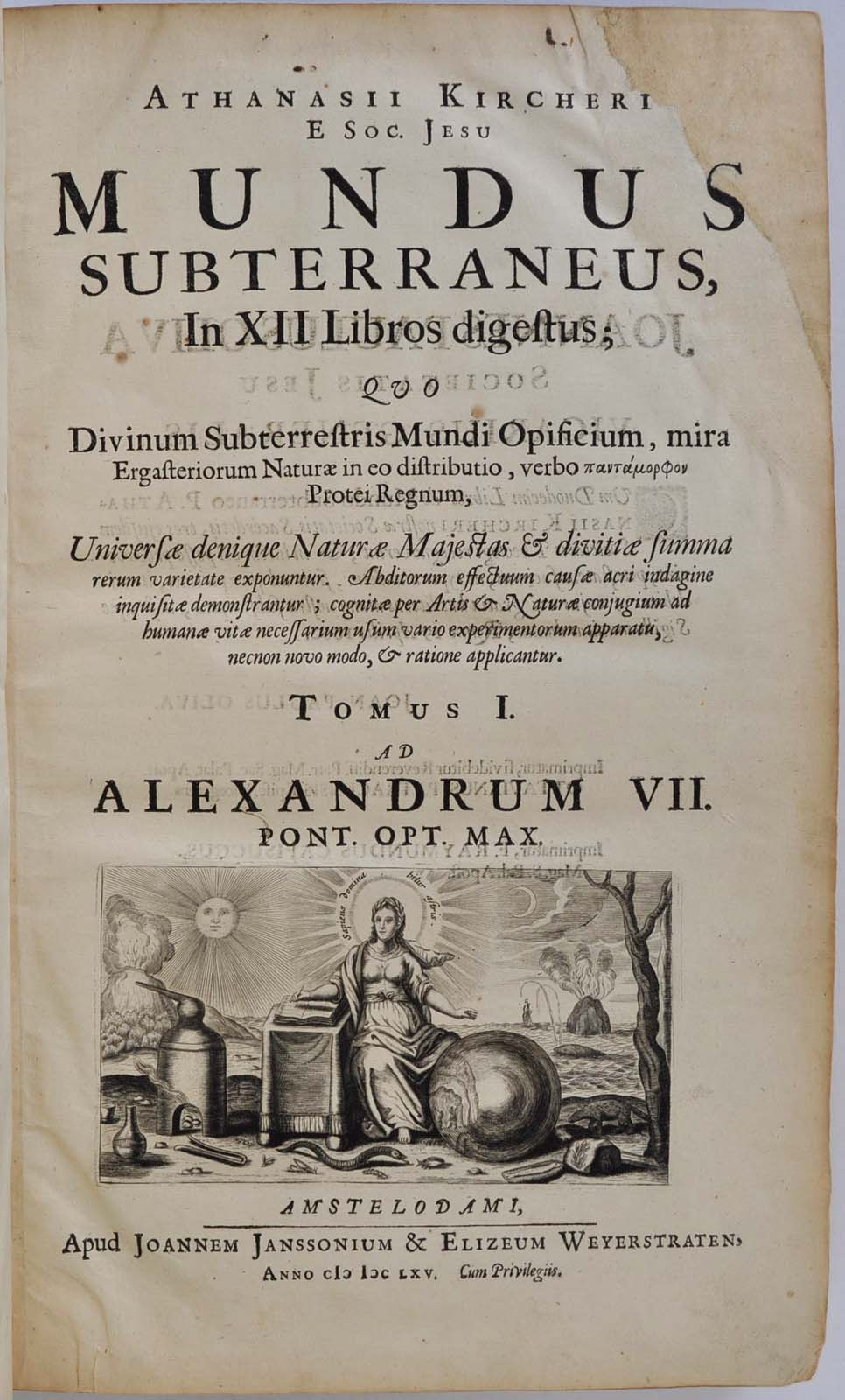
Mundus subterraneus, in XII libros digestus Athanasius Kircher First Edition
Arthur PALMER, Professor Emeritus | Cited by 4,307 | | Read 77 publications | Contact Arthur PALMER

Athanasius Kircher Mundus subterraneus (1665) BL 505.ee.4 3 Stock Photo Alamy
Athanasius Kircher was a 17th century jesuit scholar. Polymath and extremely prolific, he published 39 major and highly influential works. They explore diverse and varied themes such as geography, astronomy, music, mathematics, archeology, medicine.
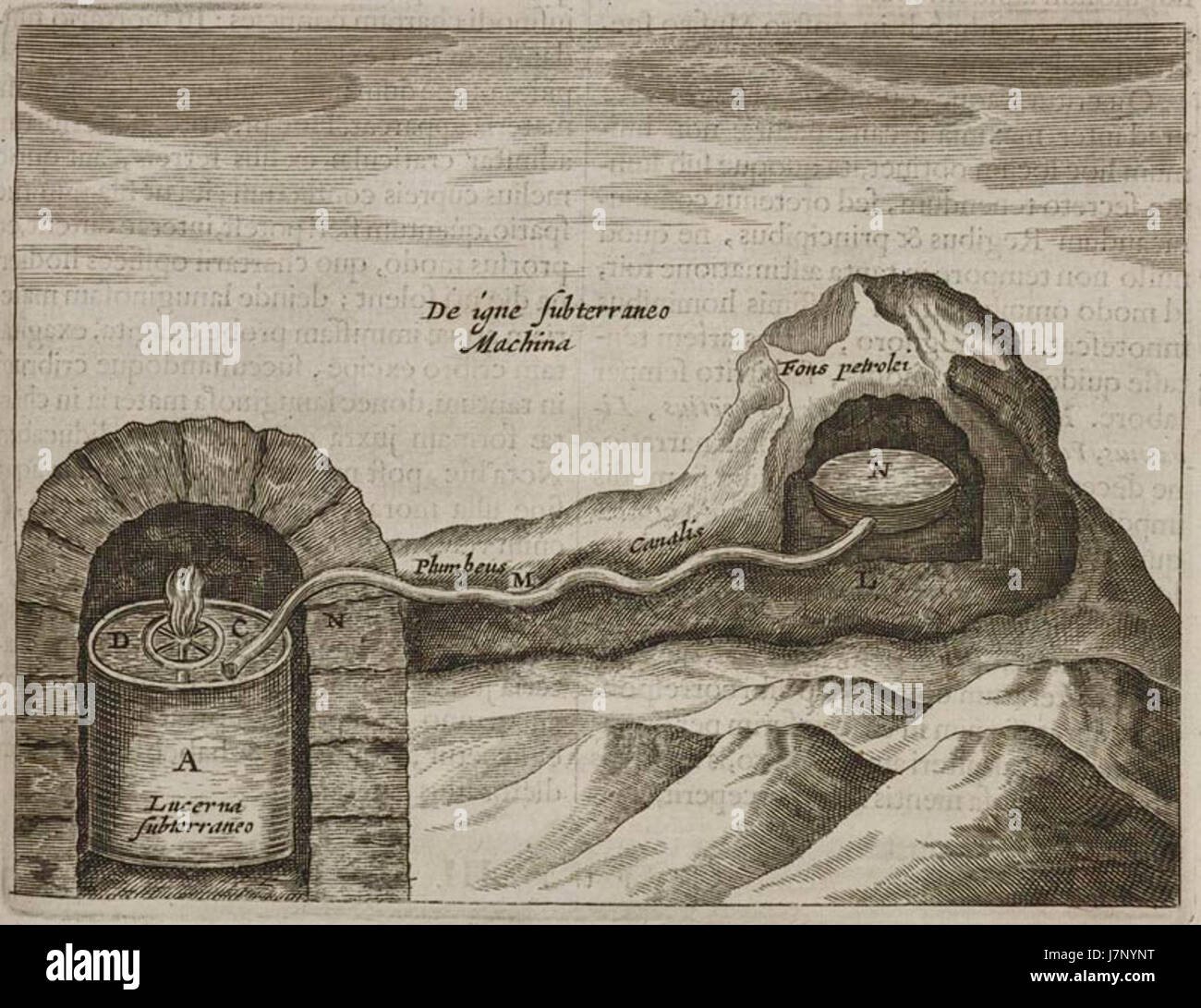
Athanasius Kircher Mundus subterraneus (1665) BL 505.ee.4 6 Stock Photo Alamy
Athanasius Kircher, a Jesuit professor of mathematics at the Roman College (Rome) in the middle of the seventeenth century who was interested in a great diversity of subjects, such as the universal knowledge, language, Egyptian hieroglyphs, the interior of the Earth, alchemy, cosmology, magnetism, and light and sound, still attracts today great interest.
Mundus Subterraneus by Athanasius Kircher geology
Latin Volume 2 Mundus Subterraneus is the most geological of Kircher's works. This book is notable for containing early plates of the Earth's interior, and views of spectacular eruptions of Mt. Vesuvius and Mt. Etna. Plato's Atlantis is represented as an island in the middle of the Atlantic Ocean.

Athanasius Kircher Biography, Facts, & Contributions Britannica
In 1985 the Environmental Protection Agency (EPA) defined nonpoint source pollution as "runoff, precipitation, atmospheric deposition, drainage, seepage or hydrologic modification.". As water flows over the ground it dissolves and collects chemicals, solids, and other matter and flushes it into the watershed.